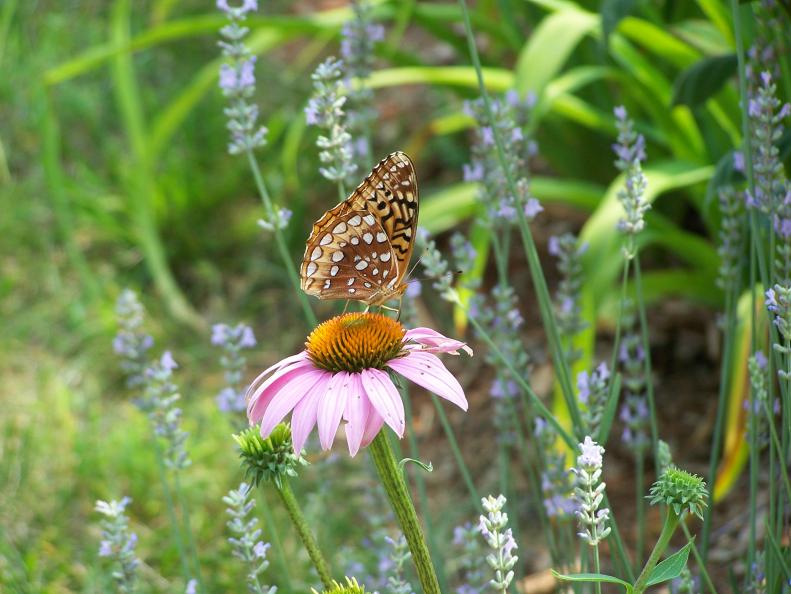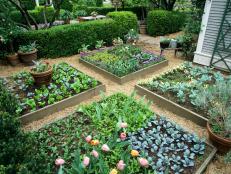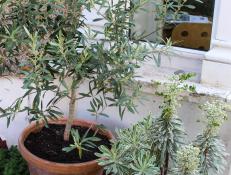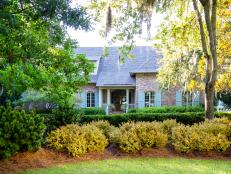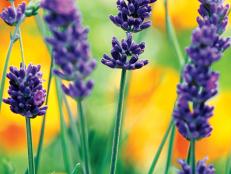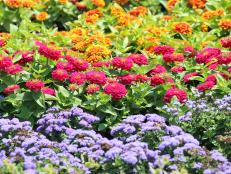Delicate Grasses and Vibrant Wildflowers
Clouds of butterflies, a buzz of happy bees and zigzag flights of dragonflies signal the success of a thriving prairie garden that blends delicate grasses and vibrant wildflowers. A growing number of people have turned to this style of gardening — inspired by North America’s native landscapes — for front and backyard inspiration.
"It’s a hugely productive ecosystem that was largely overlooked," said Neil Diboll, who founded Wisconsin’s Prairie Nursery three decades ago when many gardeners saw prairie plants as weeds rather than important — and beautiful — components of a landscape that can tolerate drought or too much rain, requires little maintenance once established, and can enrich soil for the future.
Homeowners need full sun for at least half a day for a prairie garden to work and to know what kind of soil they have to choose the right plants. Fortunately, many species, such as milkweed, come in close to a dozen varieties that can fit soil that’s sandy, thick with clay, prone to standing water after rains or needing to survive scorching summers.






